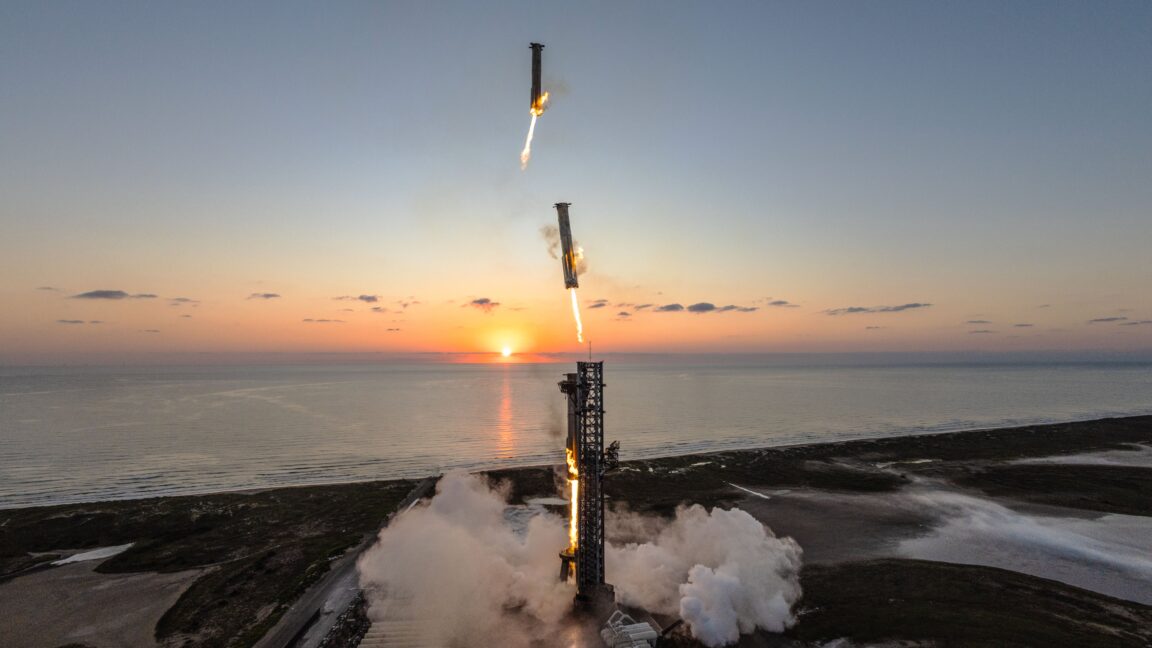
SpaceX is also rapidly iterating on the design of its boosters, so the vehicles it lands today may not be ones it wants to re-fly, preferring to use improved models. For these reasons, a Super Heavy re-flight is probably at least a year away.
Ground systems and LOX
We’re not putting a date on this one, as it will happen gradually over time. However, preparing the way for frequent Starship launches represents a significant hurdle over the next couple of years.
Musk has said that, initially, SpaceX plans to build two launch towers in South Texas and two in Florida. Presumably, this is the baseline ground infrastructure needed to support the Artemis Program and the multiple refueling flights needed to enable lunar touchdowns. SpaceX still has plenty of paperwork to process for this, in the form of working with the US Space Force in Florida and clearing environmental reviews with the Federal Aviation Administration to construct these four towers and reach a high cadence of launches.
Another major but unappreciated issue is commodities. At liftoff, the Super Heavy booster alone carries a mass of 7.5 million pounds (3,400 metric tons) of cryogenic propellant. Starship requires about a third as much. That sounds like a lot because it is. Liquid oxygen comprises a significant majority of this, and each launch puts a serious dent into the US production of liquid oxygen, which is used by various customers, including hospitals.
Put another way, launching four Starship rockets in a single day would consume all of the nation’s liquid oxygen capacity for that day. Accordingly, SpaceX must find a way to scale production of liquid oxygen, and ensure a tremendous supply to both South Texas and its future Starship launch facilities in Florida.
Long-duration flight test (late 2026)
NASA has consistently had this milestone on its Human Landing System schedule since the first versions of the timeline were released in August 2021. (At the time, the propellant transfer test was due to occur in the fourth quarter of 2022 and the long-duration flight test about six months later, so we’re running about three years behind).




















+ There are no comments
Add yours